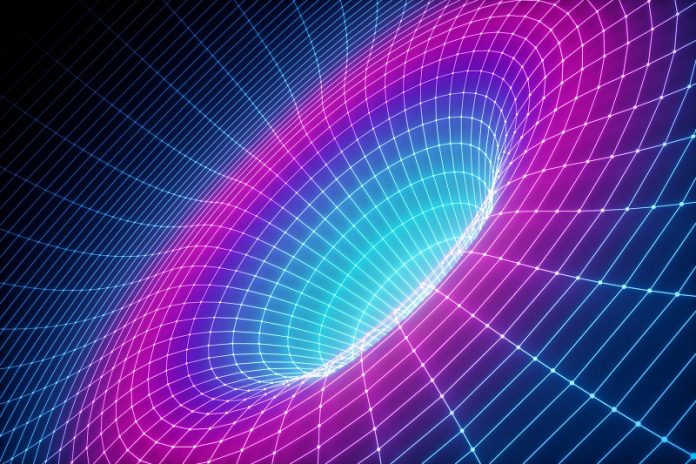
Scientists at CERN have made an exciting discovery that could change our understanding of the universe’s fundamental building blocks.
The discovery involves an ultra-rare particle decay process, which may reveal new physics beyond what we currently know.
This breakthrough was achieved by the NA62 collaboration at CERN, one of the world’s leading centers for scientific research.
They observed for the first time the extremely rare decay of a particle known as a charged kaon into a charged pion and a pair of neutrinos (K+ → π+νṽ).
According to the Standard Model (SM) of particle physics, which explains how the fundamental particles of the universe interact, this decay is expected to occur in less than one in 10 billion kaons. That’s what makes this observation so special.
The NA62 experiment was specifically designed to detect and measure this kaon decay.
Cristina Lazzeroni, a Professor in Particle Physics at the University of Birmingham, emphasized the significance of this achievement, saying, “With this measurement, K+ → π+νṽ becomes the rarest decay established at discovery level—the famous 5 sigma. This difficult analysis is the result of excellent teamwork, and I am extremely proud of this new result.”
So, what exactly are kaons? They are particles produced by a high-intensity proton beam from CERN’s Super Proton Synchrotron (SPS) when it collides with a stationary target.
This collision produces a stream of secondary particles, among which about 6% are charged kaons.
These kaons then fly into the NA62 detector, which precisely identifies and measures them and their decay products—except for neutrinos, which are identified indirectly as missing energy.
This discovery is the result of many years of hard work. Professor Giuseppe Ruggiero from the University of Florence described it as the culmination of a project that began over a decade ago.
He said, “Looking for effects in nature that have probabilities to happen of the order of 10^-11 is fascinating and challenging. After rigorous and painstaking work, we have got a stunning reward to our effort and delivered a long-awaited result.”
The team’s findings are based on data collected by the NA62 experiment during 2021–22, combined with earlier data from 2016–18. The recent data was gathered after several upgrades were made to the NA62 setup, including improvements to the detectors and an increase in beam intensity.
These upgrades allowed the team to collect more data at a faster rate while also enhancing their ability to filter out background noise.
A group of scientists from the University of Birmingham, led by Professor Evgueni Goudzovski, has played a key role in the NA62 collaboration since its inception in 2007.
Professor Goudzovski highlighted the importance of attracting top talent and offering opportunities to early-career researchers, noting that both the current NA62 physics coordinator and the lead on the K+ → π+νṽ measurement are former Birmingham Ph.D. students.
Why is this discovery so important? The K+ → π+νṽ decay is highly sensitive to new physics beyond the Standard Model. This means it could provide clues about particles and forces that scientists have yet to discover.
So far, the fraction of kaons that decay in this way matches the predictions of the Standard Model, but it’s about 50% higher than expected. This discrepancy could hint at the existence of new particles, but more data is needed to confirm this.
The NA62 experiment is continuing to collect data, and scientists hope to either confirm or rule out the presence of new physics in this decay within the next few years. This discovery marks a significant step forward in our quest to understand the universe at its most fundamental level.
Source: University of Birmingham.



